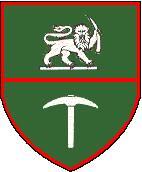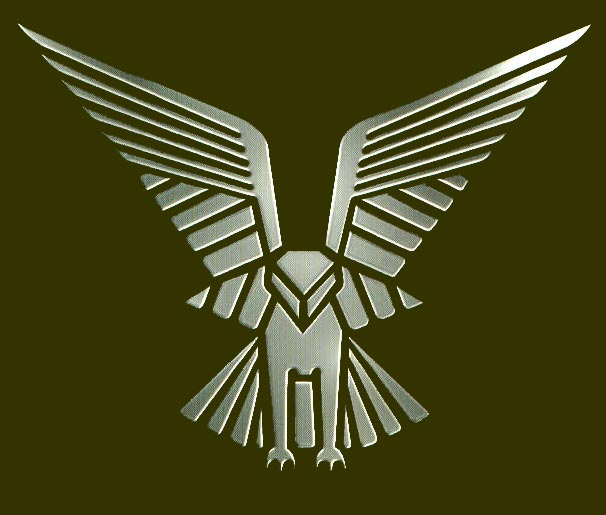|
It might surprise some to learn that terrorists (or freedom
fighters, depending on one’s point of view) are often equipped
with superior, more modern weapons than the government forces they
are fighting. This was certainly true in Rhodesia, where government
troops were also frequently outnumbered by as many as forty-to-one.
Lacking the manpower resources and technology, the Rhodesian
Security Force’s (RSF) success in battle after battle against
ZIPRA and ZANLA must be attributed to the following:
1.
Superior individual troop training.
2.
More involved and direct command structure.
3.
Generally shorter and more accessible supply routes.
4.
The use of air power.
5.
Most importantly, the ability to pick the time and place to
initiate contact—in other words, mobility.
The following charts below give a side-by-side comparison of the
arsenals of the Rhodesian Defense Forces and the terrorist
organizations, along with the arsenals of the countries that
supported these organizations (commonly referred to as the
“frontline states”). The defense forces of both Zambia and
Mozambique were directly involved in the fighting between the RSF
and terrorist insurgents.
The constant threat of air intervention in the war was something
that had to be considered whenever cross-border incursions were
planned. Both Zambia and Mozambique had far larger and more modern
Air Forces during the last two years of the war. Direct
intervention would have witnessed results as basic as in a rock
fight. Even had Rhodesia won the air battle, it would have immediately
lost the war.
Raids into Mozambique almost always involved contact with FRELIMO,
and the threat of armored intervention by tanks was a likelihood
that had to be considered in all RSF plans.
Rhodesian intelligence had access to ZIPRA’s long-term military
plans. Developed by the Russians, these plans called for short-term
conventional warfare against the RSF. Upon conclusion of this phase
of the war, ZIPRA would besiege Mugabe’s forces, and ZANLA would
find itself unable to offer a defense against a massive conventional
army. Nkomo’s army was to be supported by Russian-trained and
Russian-advised armored contingents of a least divisional
strength.
Rhodesia’s military units, particularly the Special Forces, could
not have carried on the war without resupply from captured
arsenals. The Selous Scouts were entirely equipped with such
weapons; their roll mandated the use of enemy materials of war. It
was a simple matter to resupply with captured equipment, especially
ammunition, when on cross border raids. Weapons of choice, were
frequently the enemy’s own weapons of war.
The RPG-7 rocket-propelled grenade was only
available to the enemy, but were rapidly adopted and used
by the RSF. Their land-mines were far superior to the RSF’s World
War II types, and there can be little argument that the AK-47 is one
of the finest killing machines ever invented. Captured terrorist
weapons were initially very good barter items with the South African
Defense Forces. However, when the SADF became embroiled in their own
war, they were able to capture the same or similar weapons and no
longer had to trade for them.
Cost, of course, is another compelling argument for the use of
captured equipment. Rhodesia’s lack of foreign exchange was a
controlling factor in the planning of military operations. For
example, the ammunition for the 30mm cannon used in the Hawker
Hunter jet, cost $12.00 (Rhodesian currency) per round, which
translated to $18.00 U.S. per round of ammunition. The Hunter
aircraft carried four Aden 30mm cannons, each cannon firing 1,200 to
1,400 rounds per minute (rpm). The actual cost of this ammunition
became a critical factor in military planning. Here was a unique
situation for Rhodesia, a war material readily available but very
expensive.
As an interesting aside, it might be noted that the pilots’ skill
was such that single round kills on non-armored vehicles were
documented. One Hunter pilot from Texas—where else? — boasted of
his shooting prowess, resulting in a rather sizeable bet
concerning his ability. The intrepid young man bet that he could
hit a garbage can from his Hunter with one round. The can was
placed in the middle of a clearing at the range outside Que-Que. The
pilot took off from Thornhill, and his deed was as good as his word.
The can was bronzed, and kept on display in the Officers Mess.
The following tables below are not exhaustive, for many subtypes
of weapons were used in the Rhodesian War. However, they do show
the dominant types and will give you an overview of the weapons
used.
|




